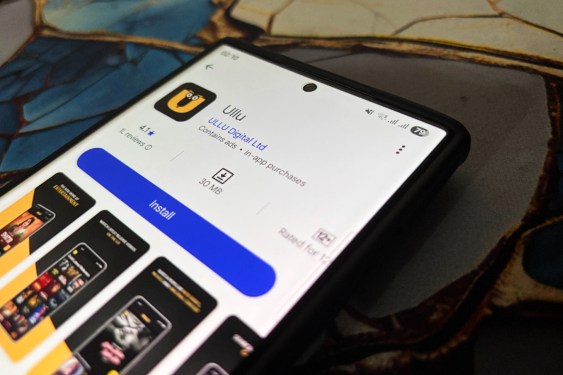India has ordered the blocking of 25 streaming services, many of which have millions of viewers and paying subscribers, for allegedly promoting “obscene” content. This marks one of the country’s largest digital crackdowns to date. The affected platforms include lesser-known but highly popular services like Ullu and ALTT, which cater to India’s mass-market demand for adult and edgy entertainment.
The Ministry of Information and Broadcasting issued directives this week to block access to websites and apps linked to these 25 streaming services. The decision cites provisions under the Information Technology Act of 2000 and the IT Rules of 2021. The move follows concerns raised earlier by the National Commission for Protection of Child Rights and a Parliamentary Standing Committee on Information Technology regarding mature content being streamed without adequate safeguards.
Internet service providers and app stores, including Google Play and the Apple App Store, were contacted earlier this week to restrict these streaming services. However, at the time of reporting, some major platforms with millions of subscribers remained accessible. Google, Apple, and India’s information and broadcasting minister did not respond to requests for comment.
Of the 25 banned services, 10 offered in-app purchases through Google Play and the App Store, generating a combined $5.7 million in revenue from nearly 105 million downloads. The low subscription costs of these platforms—far cheaper than global services like Netflix—explain the significant gap between revenue and download numbers.
Some of these services were never listed on traditional app stores or had been removed earlier, instead distributing their apps as direct APK downloads. As of publication, some APK files remained available through third-party sources.
Earlier this month, Balaji Telefilms, the parent company of ALTT, reported that its streaming app earned ₹202.6 million ($2.3 million) in revenue, adding 1.06 million subscribers in 2025. ALTT’s content was viewed for over 5.8 million hours, accumulating 160 million annual views. However, its app was no longer available on Google Play or the App Store in India, and its website was inaccessible on most Indian ISPs.
Ullu, another prominent service named in the ban, remained available on the Indian Play Store and its website, though its iOS app was not listed on the Indian App Store. Ullu Digital, its parent company, reported a net profit of ₹212.3 million ($2.5 million) for the financial year 2024, with revenue reaching ₹931.4 million ($11 million) and a net worth of ₹2.08 billion ($24 million).
These streaming platforms also attracted significant global web traffic. Ullu saw nearly 10% year-over-year growth in worldwide visits, reaching 1.9 million in June, while ALTT recorded over 130% growth with 776,400 visits. In India alone, Ullu’s traffic grew by 18.9% to 1.8 million visits, while ALTT saw a 157.8% increase to 696,200 visits.
This is not the first time India has cracked down on streaming content. Global platforms like Amazon Prime Video and Netflix have faced censorship demands from the government. However, stricter actions are taken against obscenity, despite unclear regulations, as watching explicit content featuring consensual adult actors in private is not illegal.
In 2023, India’s then information and broadcasting minister warned streaming platforms against hosting abusive and obscene content. The government has also blocked thousands of pornographic websites in the past. In April this year, India’s Supreme Court issued notices to streaming platforms and the government regarding a plea to regulate sexually explicit content.
Despite these measures, curbing obscene content remains challenging. Smaller streaming services often reappear under new names, apps, and domains. Intermediaries like Google, Apple, and ISPs struggle to fully block access, as these platforms frequently shift to alternative distribution channels and use social media like Instagram and YouTube to attract viewers.

